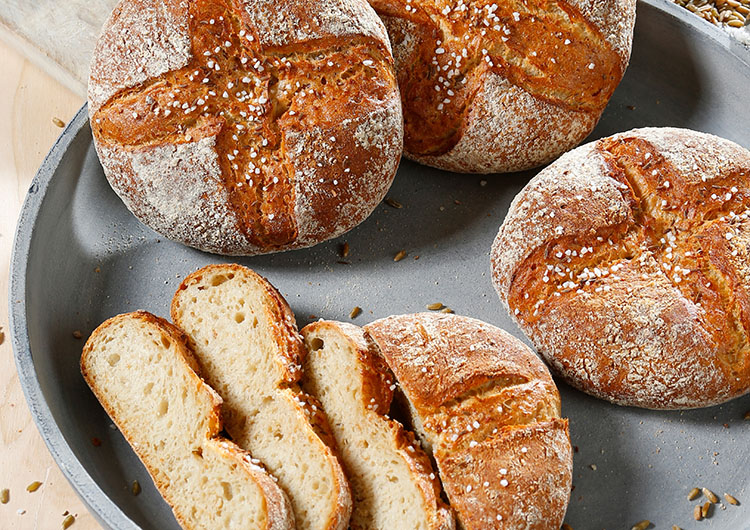
Spelt has been a hot topic for years among nutrition-conscious consumers. The trend towards plant-based food has recently seen a comeback for a special type of spelt – green spelt.
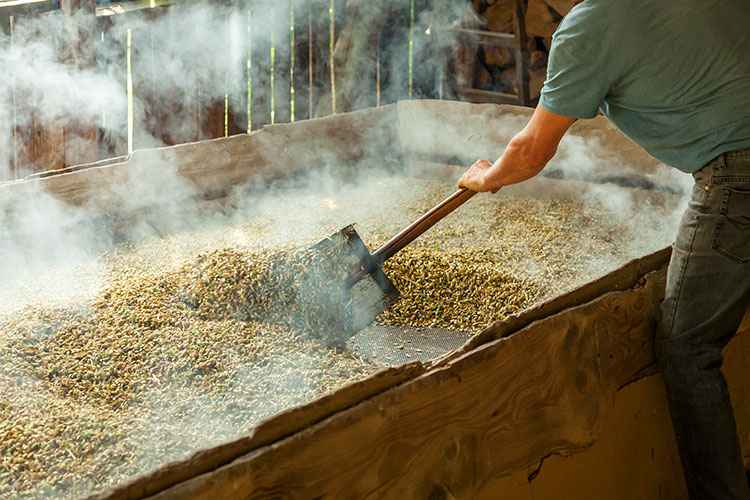
Green spelt is well known by lovers of vegetarian and vegan dishes as a raw material for salads, soups or fried foods. With its slightly nutty to hearty-smoky aroma, unripe spelt grain is also suitable as an ingredient for baked goods – just as long as its special baking technology features are taken into account.
Increased water absorption and adapted kneading parameters
Pure green spelt flour is harvested early and since ingredients such as starch or gluten are not yet fully developed, it is not suitable for baking. Water absorption is high and so with 100% water in relation to flour, dry and firm doughs are produced. The dough is inelastic and crumbly making it difficult to process. This results in the finished breads having only a very small amount of volume after baking. In addition, there is insufficient loosening and due to the high amount of water in the baked goods, it means the dough cannot be completely bound, so that grinding stripes are formed.

Left: Bread with 100 % spelt flour T630; on the right, bread with 100 % green spelt flour
“In order to be able to produce stable baked goods with green spelt content, balanced mixtures with bakeable flours such as spelt flour must be developed,” says Dr. Thomas Kunte, Head of Research and Development at IREKS. “Especially with spelt, the right choice of variety is crucial for the quality of the baked goods, and, as a result, an agreement should be reached with the farmer beforehand as to which variety is to be grown”.
Baking tests have shown that the water absorption capacity of the doughs increases with an increasing proportion of green spelt flour, but the extensibility and stability decreases significantly. The latter must be taken into account above all when setting the kneading parameters. Dr. Kunte: “As with spelt doughs, the doughs should therefore not be over-kneaded. Too long an intensive kneading will destroy the spelt gluten framework and thus result in moist and diminishing doughs.”
The changes in dough properties due to adjustments in flour composition (spelt flour T630/green spelt flour) can also be traced using farinogram and extensogram measurements.

What is green spelt?
Green spelt is semi-ripe harvested spelt, which is threshed two to three weeks before the regular harvest. At this stage of ripeness the seeds have an olive-green color and have already reached their full size. The water content is 40-50 %, which is quite high. Harvested grains are then dried in kilns using beechwood smoke to preserve them. This process gives the products their slightly nutty, but also hearty-smoky flavour.
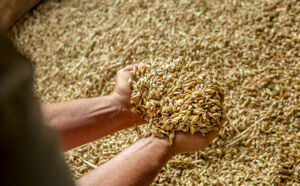
Green spelt after the harvest

a Farinogram | b Extensogram after 135 min. rest period
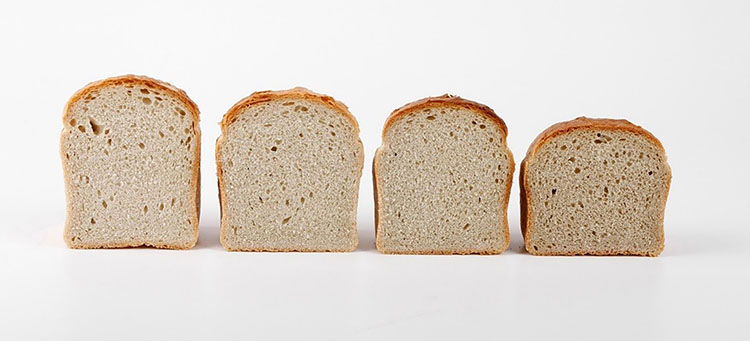
Spelt breads with increasing amounts of green spelt flour from left to right: 0 %, 5 %, 10 %, 20 %
With an increasing portion of green spelt flour, the breads become clearly smaller. The crumb becomes firmer and loses its bread-typical elastic properties. However, one way to counteract this is to add green spelt sourdough. “We have been producing a sourdough based on wholemeal green spelt flour since 2019,” reports Dr. Thomas Kunte, and continues: “In this process, sourdough is produced from selected wholemeal green spelt flour by a three-stage fermentation process under controlled conditions. This gives the sourdough enough time to develop its typical aroma”. The finished sourdough is dried for stabilization without losing its grassy-fermented aroma. The product shows a mild acidity of about 35 degrees.

Spelt green spelt pumpkin seed crust and rye spelt green spelt bread
Franconian origin
The “home of green spelt” is a region in southern Germany. The “Franconian Green Spelt” produced here has been a protected designation of origin throughout Europe since April 8, 2015.1 The old spelt variety “Bauländer Spelz” is generally used for the production of “Fränkischer Grünkern”. 2
Sources: 1 Wikipedia, 2 Working group for nutrition researchg
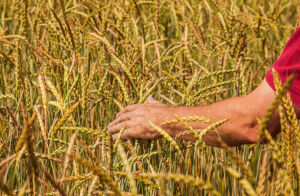
Juicy crumb and the slightly smoky taste of green spelt
The development work at IREKS has resulted in the premix IREKS-DINKEL-GRÜNKERN. It consists of the two ingredients, spelt flour and green spelt in the form of wholemeal green spelt meal, the dried wholemeal green spelt sourdough and wholemeal green spelt flour. With this flour, rustic small-baked goods, soft croissants or crusty breads can be produced. The finished baked goods are characterized by a juicy soft crumb structure, a high degree of freshness and the slightly smoky taste of the green spelt.


